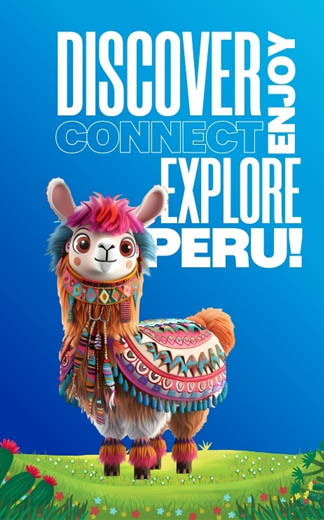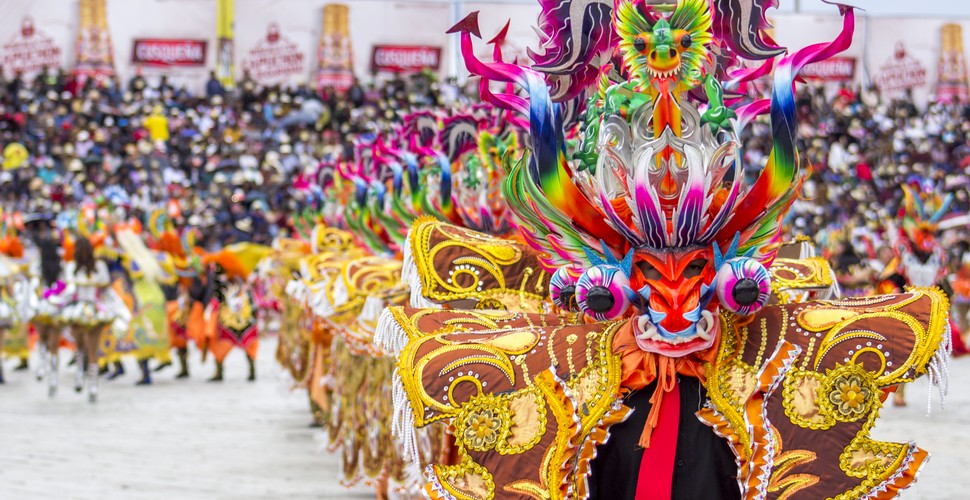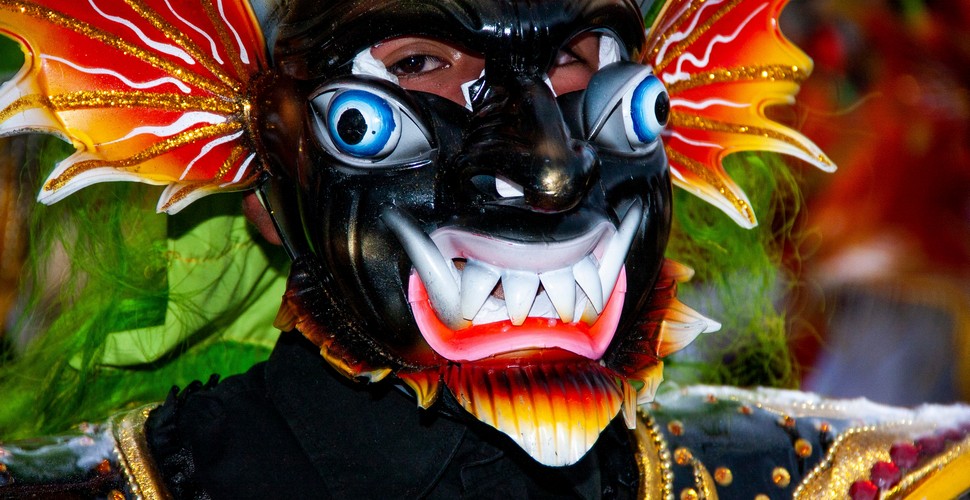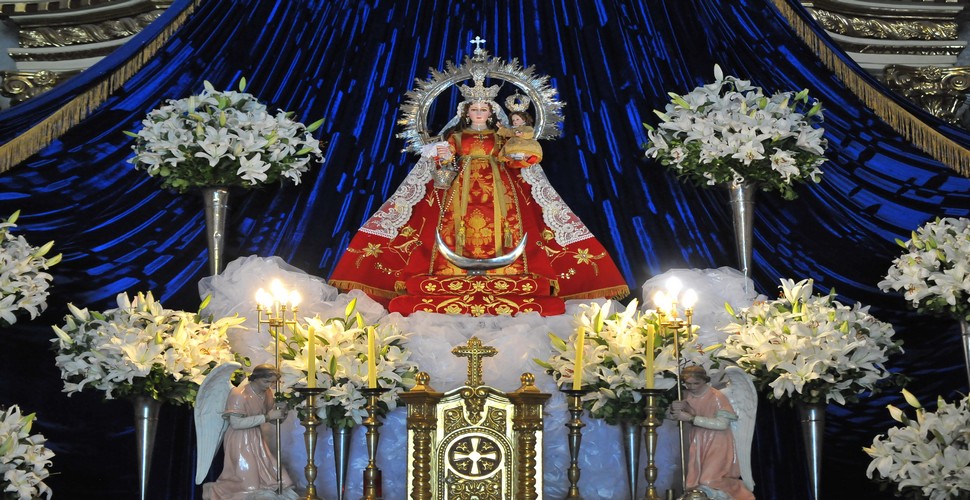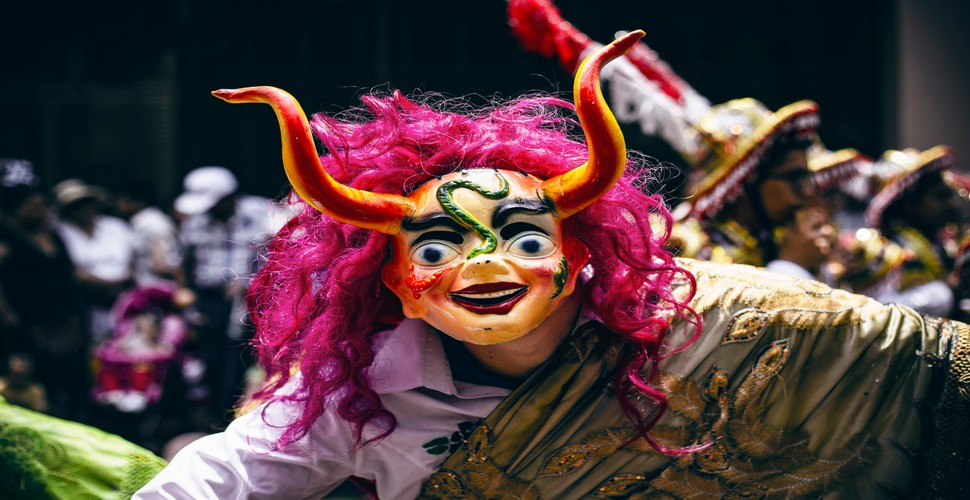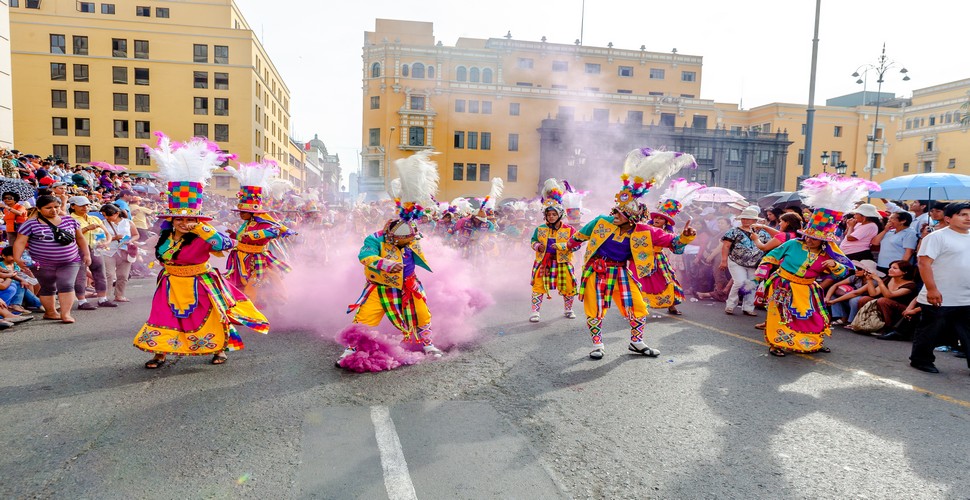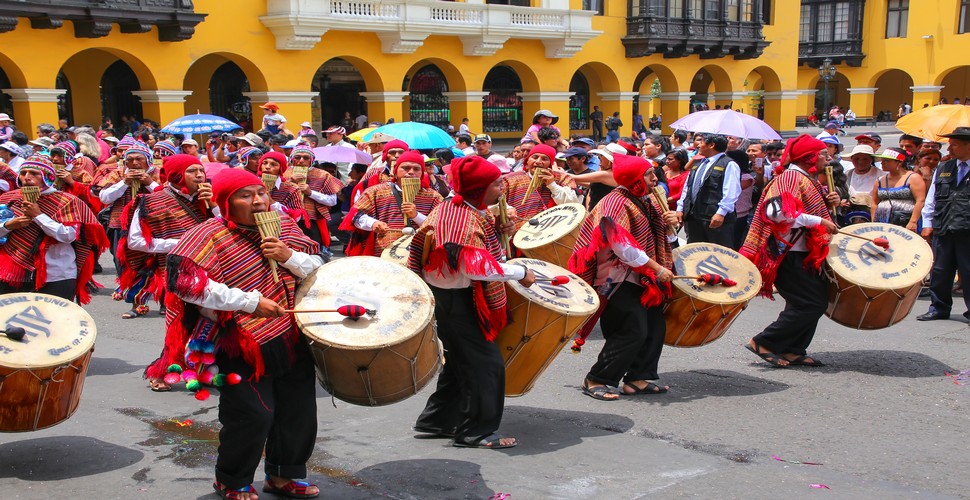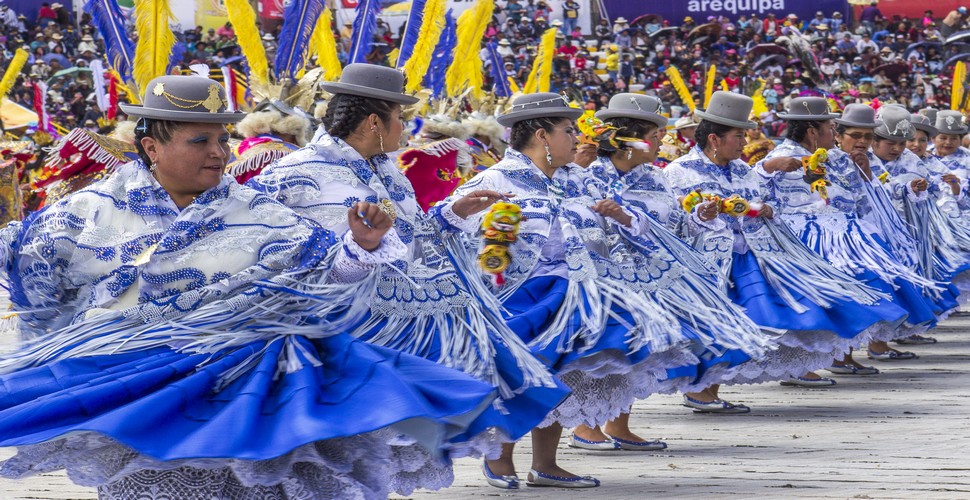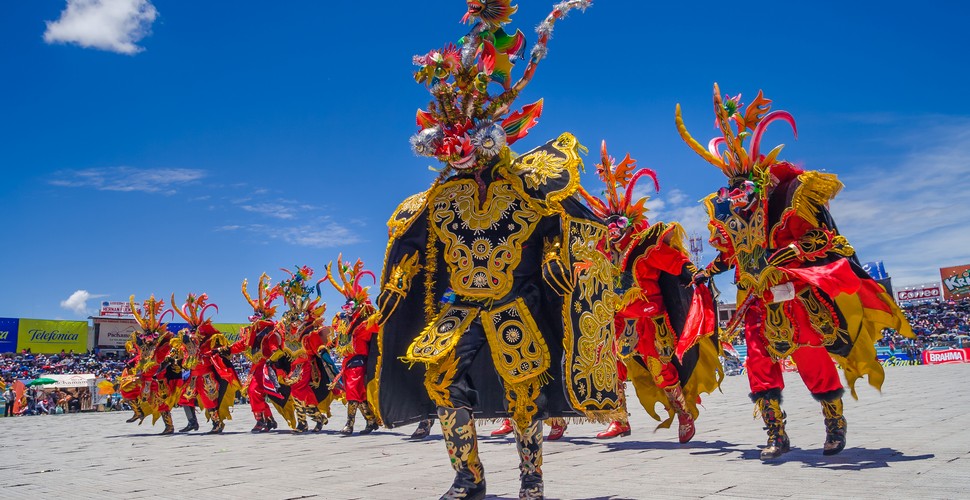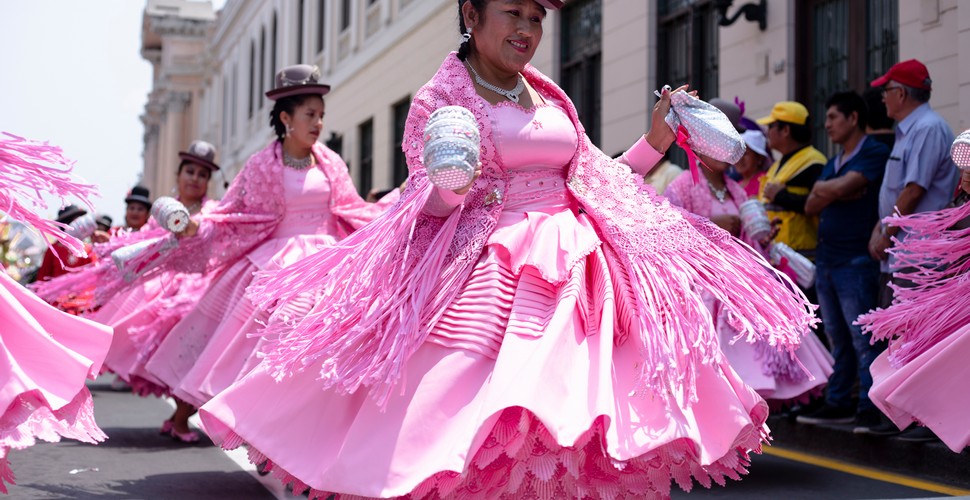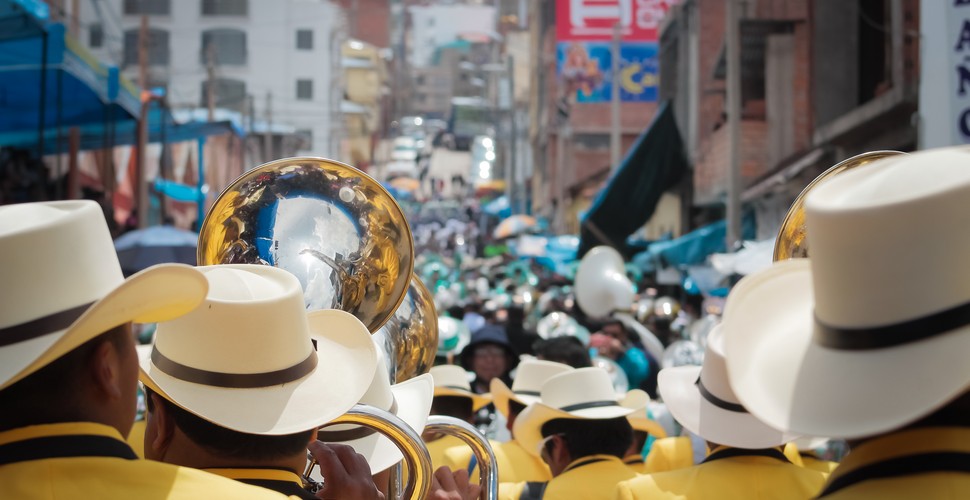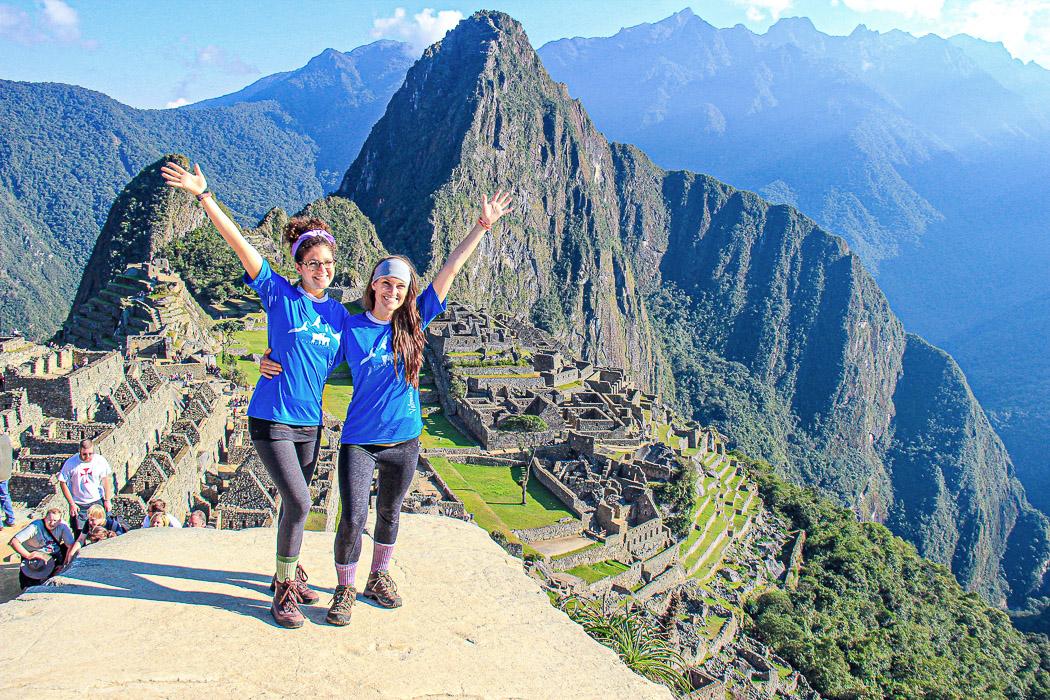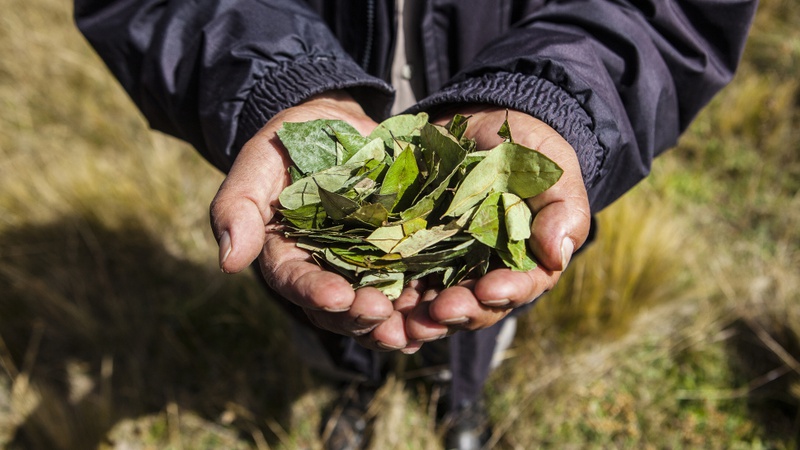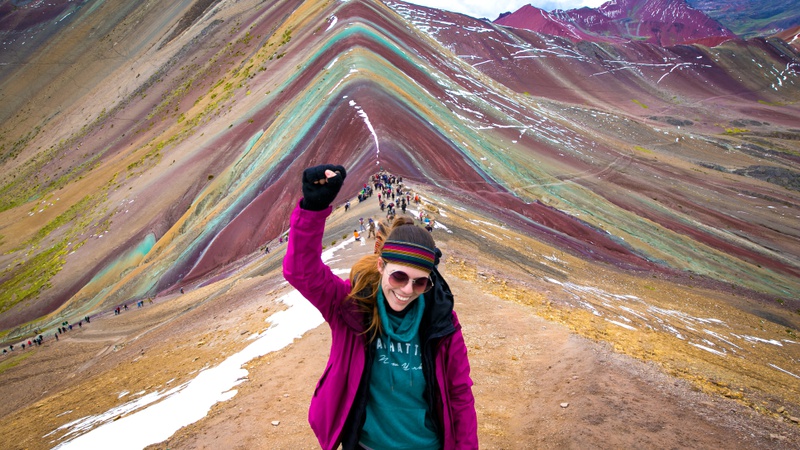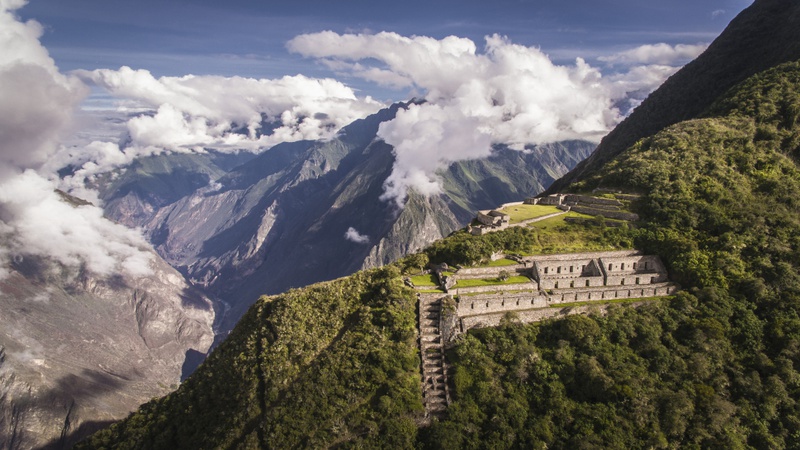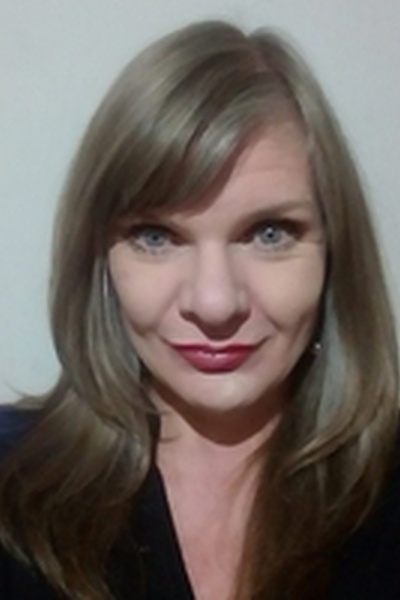

Claire Dean
Travel in South America is a joy to behold. The rich variety of destinations, experiences, landscapes and geography fascinated me so much, that I chose to relocate here, over 20 years ago! The best thing I ever did! Allow me to share my knowledge and passion for Central and South America with you and help you plan your holiday of a lifetime!

How to plan the best trip for the Virgen de la Candelaria Festival?
Written by:Claire Dean
Last Update: 2025-02-02
The Virgin of Candelaria is an annual celebration of Puno's Candelaria festival, among five other UNESCO Intangible Cultural Heritage practices unique to Peru. The first two weeks of February are filled with colors, music, and dancing as people flock to Puno, a city in the Altiplano on Lake Titicaca, to celebrate Puno's patron saint during La Fiesta de la Virgen de Candelaria. The Candelaria Festival is one of Peru's top festivals and is recognized by UNESCO as an Intangible Cultural Heritage of Humanity. The Candelaria Festival is often compared to Carnival in Rio de Janeiro, Brazil, and Carnival in Oruro, Bolivia, because of the event's sheer size, the number of participants, and the mix of Catholicism with beliefs and traditions of native cultures. Every year the celebrations in Puno include hundreds of thousands of dancers in amazingly detailed and colorful costumes, along with tens of thousands of musicians who re-enact hundreds of traditional dances in a stadium, as well as more informally each day in the street. Preparations for the Virgen de la Candelaria festival are extensive and start almost a year in advance. Thousands of directors, sponsors, embroiderers, and artisans work throughout the year, creating masks, boots and shoes, bells, and other items to adorn the dancers and musicians. These skills are passed on to younger generations through rehearsals and artisan workshops.
Virgen de la Candelaria
What Happens at the Festival?
The festival starts with a pilgrimage at daybreak to the top of a hill where the homage to the Virgen de la Candelaria is placed. The pilgrims then descend the mountain amid fireworks and songs of praise to the San Juan church. A folkloric dance competition then follows this ceremony. Over 7000 people usually participate in the competition, and the event occurs in the city's stadium. A winner is chosen at the end of the competition, but that's more for show than anything else. The real purpose of the dances is to please the Virgen de la Candelaria. The rest of the festival sees parades of people dancing in the streets for days, and feasts pop up all over the city. If you aren't eating at any point during the festival, then the chances are that you are drinking instead. The people of Puno are no strangers to making merry, especially on special occasions such as this one. If you're looking for something slightly different to do on your trip to Peru, the Fiesta de la Candelaria should be on your to-do list with its live music performed on zampoña panpipes, outlandish masks, and costumes, dancing, singing, eating, performances, fireworks and more.
Incredible Masks
Meet the Mamacha
Popularly known as the “Mamacha Candelaria”, the image of the patron saint of Puno has a noble face and carries the baby Jesus on her left arm and a basket on her right. Her costume consists of 105 mantles made with very fine fabrics, such as silk, and decorated with golden threads and precious stones. There are two popular legends about the origin of this image: the first says that the Virgin appeared to a native of Puno who was taking care of a piece of land on the slopes of Huajsapata Hill, on the banks of the Titicaca Lake. The second points out that the Virgin emerged from the waters of the same lake.
La Mamacha Candelaria
Cultural Interraction
Every year, the tourist interest in the Candelaria Festival increases, as well as the number of visitors. In addition to the Great Parade and the processions, you can enjoy the competition of indigenous dances such as the Diablada and the dances with costumes that are celebrated the following Sundays. Puno offers a full month to reconnect with the culture and identity through the dance and music of the Andean region. This helps us understand that we are all sons and daughters of the Mother Earth.
Incredible Costumes
Dance
The people of Puno manifest their joys and sorrows through dance and music. They do this by dancing through the streets, squares, and parks of the city. Traditional dancers, alive with color from their costumes, arrive from rural areas of Puno, accompanied by the rhythm of ancestral instruments such as pinquillos, quenas, tarkas, and sikus. Currently, there are several dances of Puno that have been declared Cultural heritage of the Nation. One of them is the Carnival of Patambuco, which brings together the agricultural cycle and the importance of land and water in its choreography, as well as the Andean cosmovision.
Traditional Dances
Music
Music is an integral part of the festival and the music bands will accompany each of the 85 ensembles that will participate in the Costume of Lights contest. More than nine thousand musicians enjoy a grand welcome in squares and neighborhoods of https://www.valenciatravelcusco.com/highlights-from-la-paz-to-puno and play their best musical pieces. The Puno streets become vibrant and alive with the sound of music. During the rest of the festival, dancers parade through the streets in Puno for days on end with a procession of brass bands. Puneños place a great deal of importance on the festival and spend all year preparing for it. People come from far and wide to be a part of this special occasion.
Musical Group
Fun
Games in Puno begin with water, paint, colored powders, and, in recent years, foam spray (nothing natural). The carnival queen comes out and again the streets, squares, and parks are a stage, this time, of dances, "tarkadas", and "pujllay" (a game, in Quechua). Alcohol of course plays a main part in the festival so; it is no wonder that this is officially Peru´s biggest party!
The Fun Continues
Practicalities
When considering a trip to Puno in early February, consider that the hotels will be booked well in advance. Make sure you book all your accommodation and travel arrangements well in advance, as the city will be jam-packed during this sacred time of year.
Bear in mind that when choosing a hotel for the festival, that one is slightly out of the center is a good idea so that you can get some sleep at night. The festival is 24 hours a day, so a hotel in the center of Puno may not be the best idea.
You will also need to purchase tickets in advance for some of the events.
Dance Competition
Safety at The Festival
So many people are in the streets to watch the parade, and there is always a greater risk of being mugged or pickpocketed anywhere in the world during these kinds of festivals. Most local people and visitors are drunk during the festival, and the crowd makes it easier for thieves to operate. So keep a closer eye on your valuables or, better still, leave valuable items in your hotel safe.
February is the rainy season in the Altiplano, and temperatures are around the two °C mark. Make sure you wrap up well and take a rain poncho or waterproof jacket to this party!
Dance Troup
Brass Band
